We may earn money or products from the companies mentioned in this post. This means if you click on the link and purchase the item, I will receive a small commission at no extra cost to you ... you're just helping re-supply our family's travel fund.
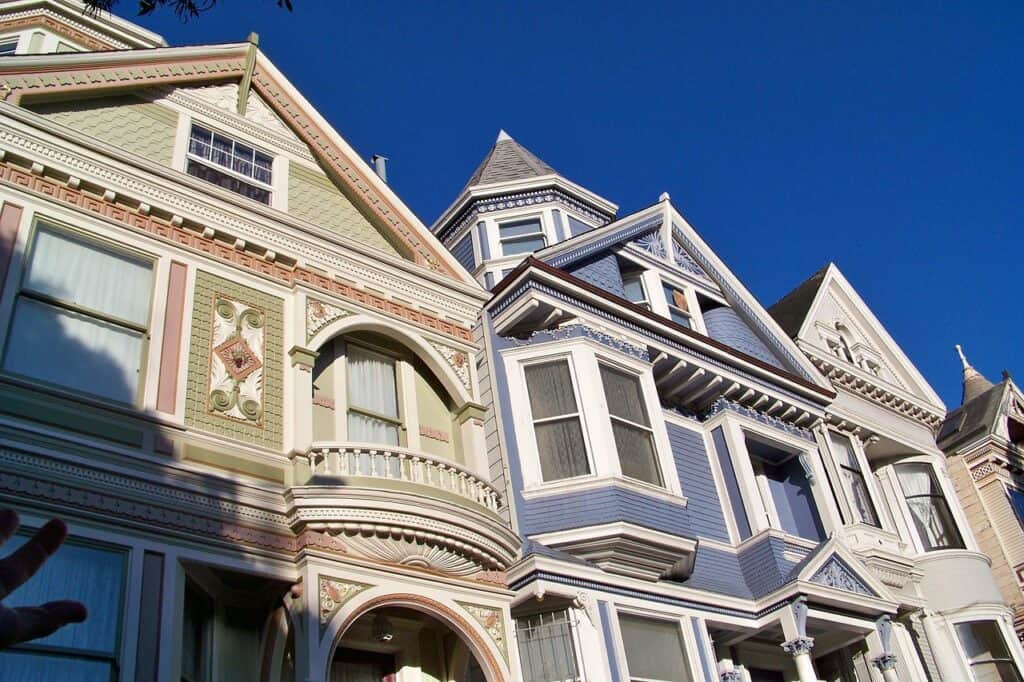
When you’re eyeing a house in the U.S., you probably think about mortgage rates, school districts, and commute times. But here’s the thing: in certain cities, unusual tax rules can upend your budget in ways you didn’t expect. Some places tax vacant homes. Others freeze your property tax at a base value, or impose a special surcharge on luxury homes. These quirks can change your effective cost, your resale timing, or even your decision to move. Let’s dig into nine U.S. cities with tax rules homebuyers should know.
1. Oakland, California – Vacant Property Tax

Oakland charges a tax on residential parcels considered “vacant” for most of the year. If your property is used fewer than 50 days annually and doesn’t qualify for an exemption, you could pay around $6,000 per parcel or $3,000 for a condo, townhome, or duplex under Measure W. That means if you buy a home and plan to leave it empty-say during renovation or as a second home; you risk a hefty annual tax unless you file for exemptions such as senior, nonprofit, hardship, or construction status. You’ll need to track days in use, apply on time for exemptions, and ensure proper documentation. When buying or selling, it’s smart to clarify who’s responsible if the seller failed to claim exemptions. In Oakland, an idle property can quietly cost thousands unless managed carefully.
2. San Francisco, California – Empty Homes Tax

San Francisco’s “Empty Homes Tax” applies to residential units left unoccupied for over 182 days in a year, with rates starting around $2,500 to $5,000 per unit and potentially climbing to $10,000–$20,000 depending on size and vacancy length. For buyers, this matters if your property includes multiple units or if you plan to hold one empty during renovations. The goal is to push owners to rent or occupy properties instead of leaving them idle. However, the tax is under legal challenge, and enforcement has been suspended pending appeals. Definitions of “vacant” depend on occupancy records and permitted absences, so understanding the city’s rules is key. Depending on the outcome, enforcement could return or even apply retroactively, making it important to factor this uncertainty into your decision.
3. Los Angeles, California -Proposition 13

Under California’s Proposition 13, property taxes are capped at about 1% of assessed value usually your purchase price and annual assessment increases are limited to 2% unless the home is sold or redeveloped. That provides predictability, but here’s the catch: long-time owners often pay far less than new buyers for comparable homes. The rule discourages people from selling because selling resets the assessment to current market value, raising future taxes. Recent updates under Proposition 19 also changed inheritance rules, meaning heirs can lose the old tax benefit unless they make the inherited property their main home. For buyers, it’s essential to understand that similar homes in your neighborhood might carry drastically different tax bills based solely on purchase date, and improvements or remodels can trigger reassessment beyond the 2% limit.
4. Berkeley, California – Vacancy Measures
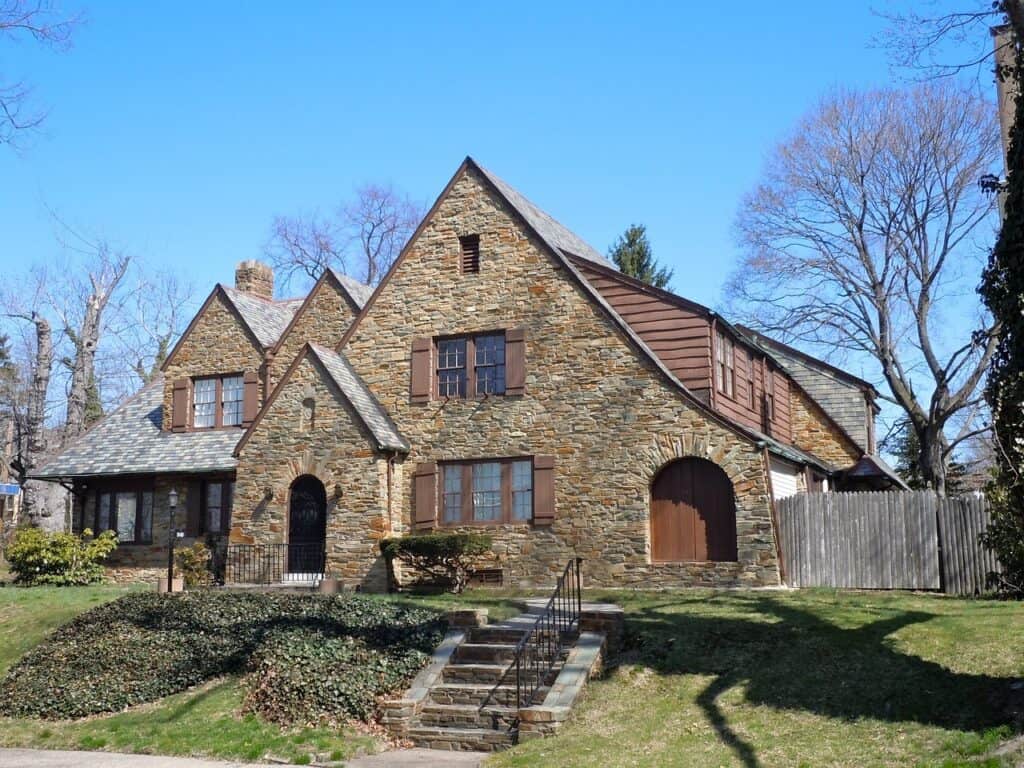
Berkeley has implemented vacancy measures similar to those in neighboring cities, taxing residential units left unoccupied for more than 183 days a year at rates of about $3,000 to $6,000 depending on the unit type. This rule means if you buy and leave a home empty for half the year, even while renovating or preparing to rent, you could face a sizable bill. Developers who phase projects or hold completed units before occupancy need to pay special attention. The key variables are how “vacant” is defined, how exemptions are applied, and whether taxes increase after multiple years of inactivity. Enforcement depends on local policy, but with public pressure mounting against empty homes, Berkeley has leaned toward active enforcement, making this a factor worth budgeting for.
5. Washington, D.C. – Vacant or Blighted Property Tax
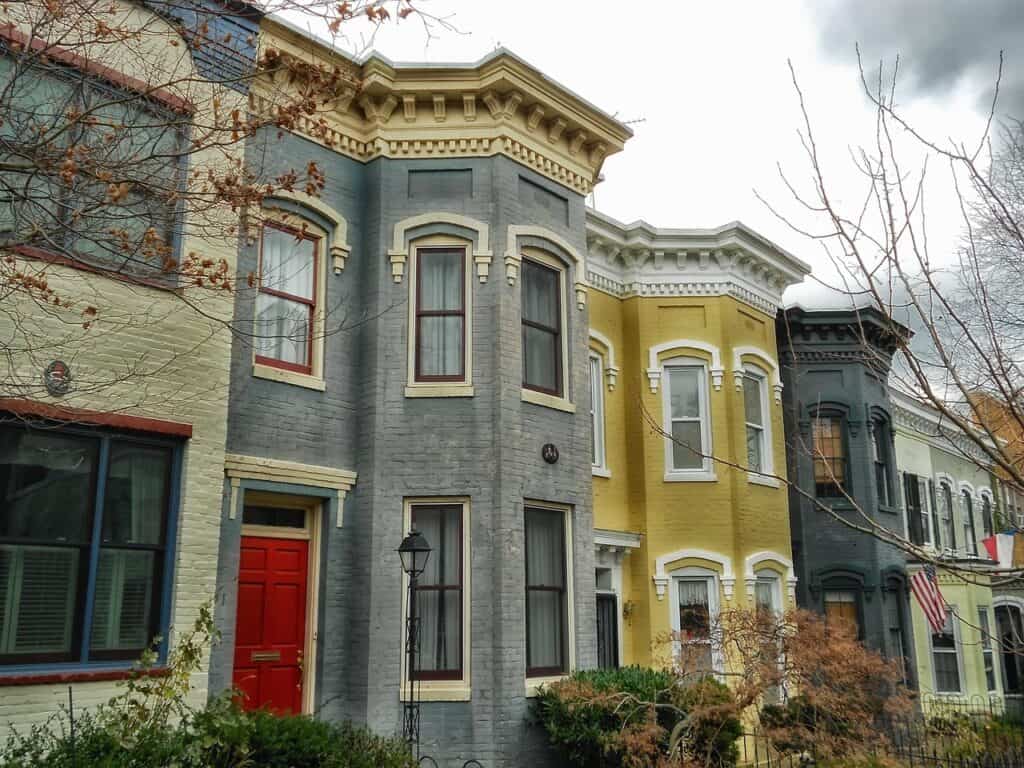
In Washington, D.C., properties classified as vacant or blighted face some of the steepest taxes in the country up to 5% or even 10% of assessed value. If you buy a long-vacant or poorly maintained property, the standard property tax rate doesn’t apply until it’s restored or reoccupied. The city defines vacancy based on both physical condition and use, meaning a building that looks abandoned or fails upkeep standards can trigger the higher rate. The longer it stays unoccupied, the higher the tax can climb, creating a real incentive to renovate quickly. When buying, review public records to confirm the property’s classification and negotiate with the seller for credits or remediation if it’s already tagged.
6. Santa Fe, New Mexico – Luxury Property Transfer Tax

Santa Fe voters approved a surcharge on residential sales above $1 million, aimed at funding affordable housing initiatives. The tax applies only to the portion of the sale that exceeds $1 million, so if you buy a $1.3 million home, you’d pay the surcharge on $300,000. For high-end buyers, this adds a meaningful closing cost and could influence negotiations or timing. Buyers should confirm the current rate tiers, since the city may adjust them for inflation or policy reasons. It’s also worth checking whether similar surcharges apply at the county or state level, as these can stack. In some deals, buyers and sellers split the cost, so clarifying that during contract negotiations can prevent surprises later.
7. Chicago, Illinois – Graduated Transfer Tax Proposal
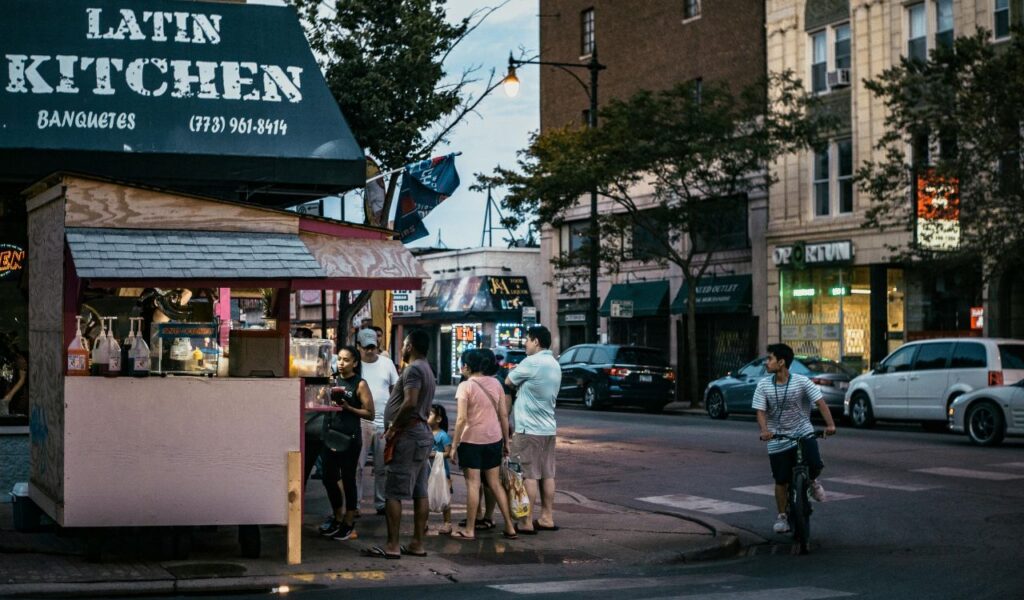
Chicago has pushed proposals to increase real estate transfer taxes for properties over $1 million. The plan would introduce a sliding scale around 0.6% for properties under $1 million and 2% or higher for those above it. The change aims to generate funds for social programs while easing the burden on average buyers. For anyone purchasing at the upper end of the market, though, the higher rate would add thousands to closing costs. The measure has faced legal challenges and its implementation timeline remains uncertain, so buyers should monitor updates closely. Deals that close before the effective date may avoid the surcharge altogether, and it’s common for buyers and sellers to negotiate who covers the added cost when it applies.
8. Boston, Massachusetts – Proposition 2½ and Residential Exemptions
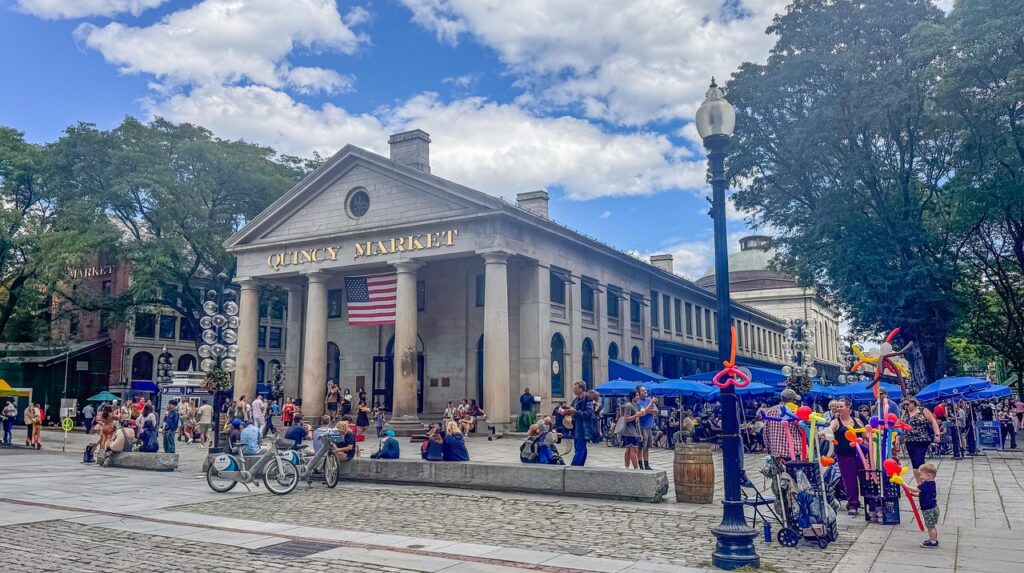
In Massachusetts, Proposition 2½ caps property tax rate growth and total levy increases to 2.5% annually, which helps stabilize long-term costs. Some municipalities, including Boston, also offer a residential exemption of up to 35% for owner-occupied homes, effectively shifting more tax burden to rental or second properties. For you as a buyer, this means your primary home could benefit while vacation or investment properties may pay more. The exemption isn’t automatic; it’s adopted locally and must be renewed annually; so you’ll need to check with the city assessor to confirm eligibility. While these rules create predictability, they also mean local taxes can vary significantly between towns, so it’s wise to review municipal policy before closing on a home.
9. Multiple U.S. Cities – Hidden Home Equity Tax Risks
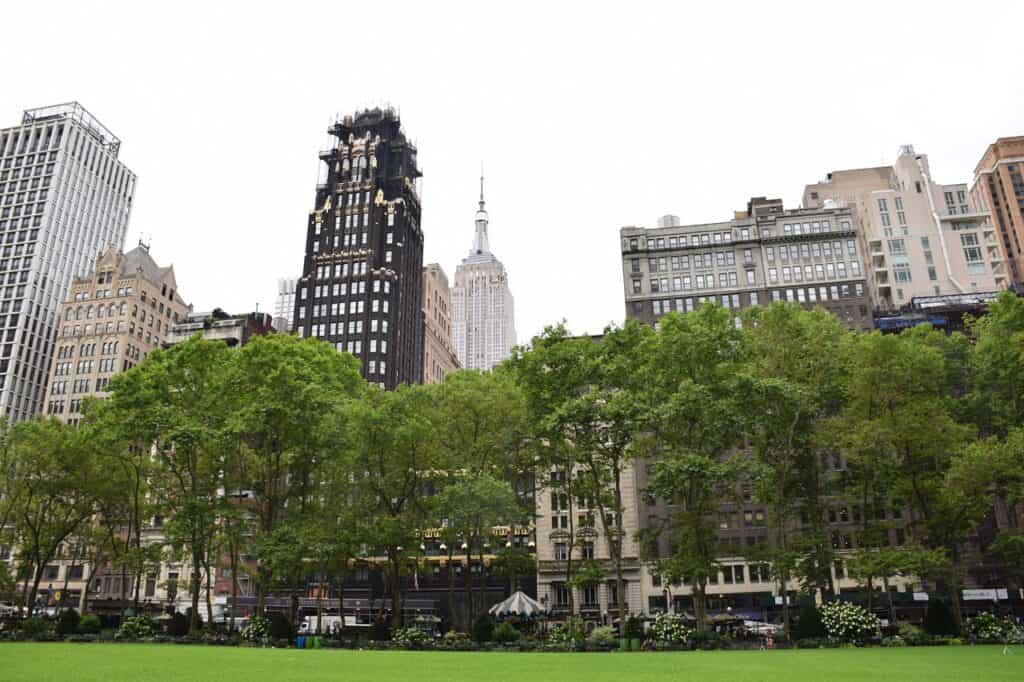
Across the U.S., homeowners face another kind of tax surprise when selling: outdated capital gains exclusions. Federal law lets you exclude up to $250,000 of profit ($500,000 for married couples) from taxes when selling your primary residence, but that cap hasn’t been updated since the late 1990s. In cities where prices have soared like Seattle, San Francisco, or Austin it’s easy to exceed that limit, meaning you’d owe capital gains tax on any profit above it. To qualify for the exclusion, you must have lived in the home for two of the past five years, and states may have their own capital gains rules that add to your bill. It’s a reminder that appreciation can bring unexpected tax costs if you’re not planning ahead.